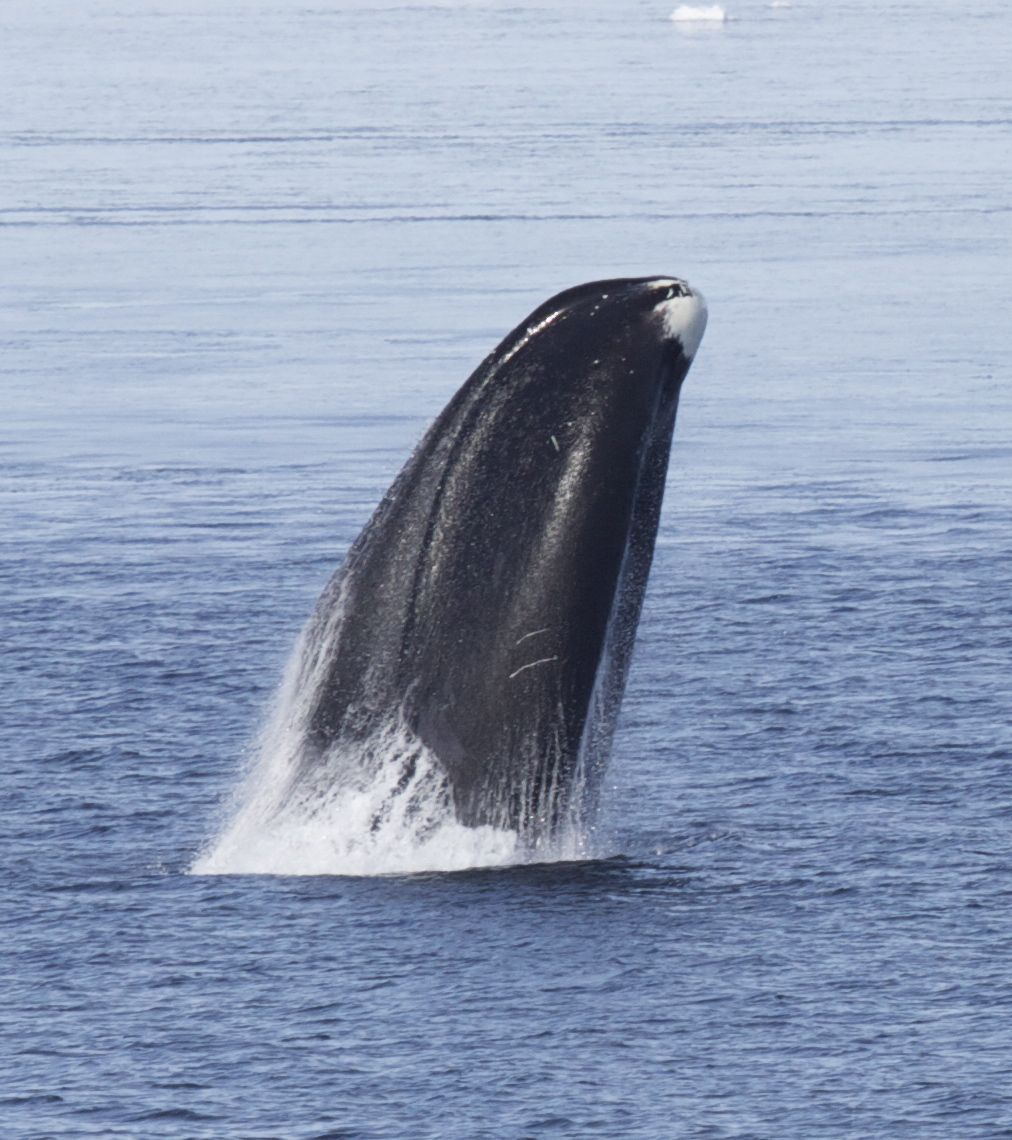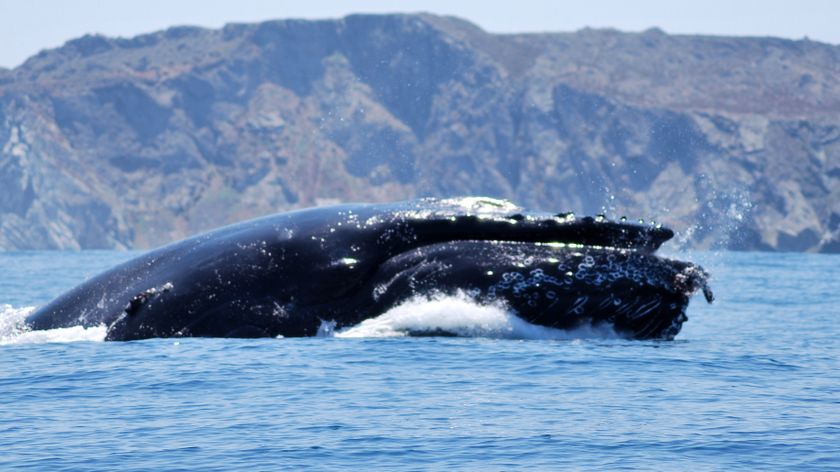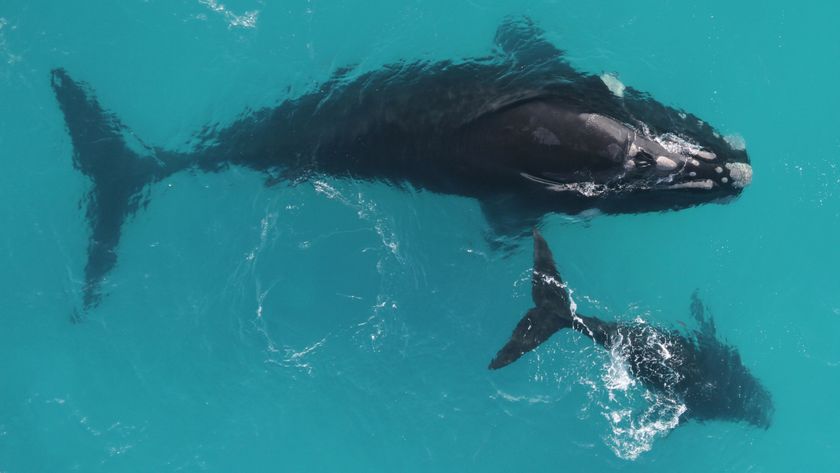Whale Genes Offer Hints to Longer Life Spans

In a search for genes that fight off aging, researchers have now charted the bowhead whale genome.
Bowheads are filter feeders found only in the Arctic, and are some of the largest mammals on Earth. Old harpoon points found in bowheads suggest the whales live for some 200 years.
The scientists' search turned up several interesting genetic targets worthy of further study, said senior study author Joao Pedro de Magalhaes, a biologist and expert in aging science at the University of Liverpool in the United Kingdom. The results will be reported Tuesday (Jan. 6) in the journal Cell.
For instance, the researchers found that bowhead whales have unique mutations in a gene called ERCC1, which is involved in repairing damaged DNA. The mutations in this gene could provide protection against cancer, Magalhaes said. About 30 percent of people will develop some form of cancer during their lives, but whales seem to have a remarkably low cancer rate, despite their huge number of cells and long life span.
But not all genetic changes in whales are cancer related. The researchers also found that a gene called PCNA contains a section of DNA that has been duplicated. The gene is associated with cell growth and DNA repair, and the duplication could slow aging, Magalhaes said.
In a previous study of deep-diving Minke whales, researchers reported that genetic mutations involved in stress may help undo the damage caused when cells go without oxygen for long periods of time.
In the new study, the team found that bowhead whales are also missing a big chunk of a gene called UCP1, which helps control body temperature, Magalhaes noted. With all of the new genetic data, "there are other traits you can study, not just longevity," he said. [Whale Album: Giants of the Deep]
Sign up for the Live Science daily newsletter now
Get the world’s most fascinating discoveries delivered straight to your inbox.
Magalhaes said he hopes to ultimately prolong human life by studying the genetic code of long-lived mammals other than humans, such as the bowhead whale and the disease-resistant naked mole rat.
"My own view is that different long-lived species use different tricks to evolve long life spans, and there aren't many genes in common," he said. "But you do find some common pathways, so there may be common patterns," Magalhaes told Live Science. "Looking at mechanisms that protect against disease is a really unexplored area of research."
The bowhead whale genome was sequenced using tissue collected from whales killed during the limited hunts allowed in Alaska and Greenland, the researchers reported. The whales are listed as endangered species in the United States and many other countries.
The team also examined the animals' transcriptome: how genes were expressed in major organs, including the heart, liver, brain, kidney, muscle, retina and testis.
All of the genomic data will be freely available online, Magalhaes said.
Fully grown bowhead whales are between 46 and 65 feet (14 and 20 meters) long. About one-third of that length comes their enormous heads and baleen-filled mouths. The baleen is a bristly structure that traps tons of tiny sea creatures each day, such as copepods and zooplankton.
Bowheads were commercially hunted until a global moratorium on whaling was established in 1996. There are an estimated 10,000 bowhead whales worldwide, up from about 3,000 when hunting peaked in the 1920s, according to the National Marine Fisheries Services.
Follow Becky Oskin @beckyoskin. Follow LiveScience @livescience, Facebook & Google+. Originally published on Live Science.












